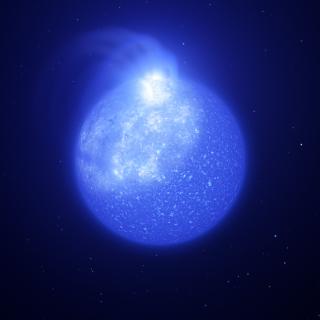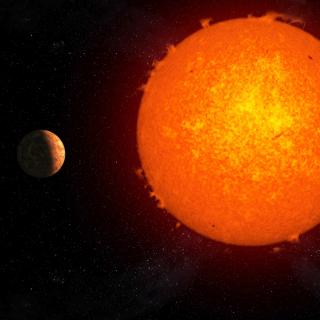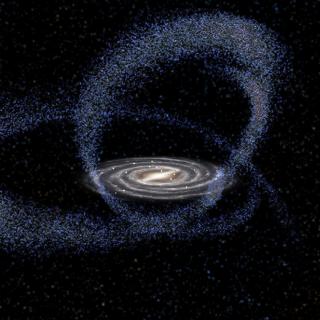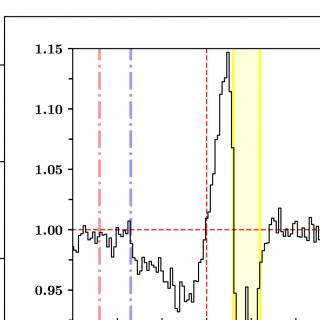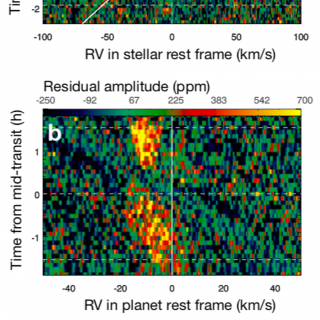
The first prototype of the Large-Size Telescope (LST) of the Cherenkov Telescope Array (CTA), the LST-1, located at the Roque de los Muchachos Observatory (Garafía, La Palma), has detected an emission of very high-energy gamma rays from the Crab Pulsar, a neutron star at the centre of the nebula of the same name. This observation confirms the successful operation of this telescope, which is being commissioned.
Advertised on
